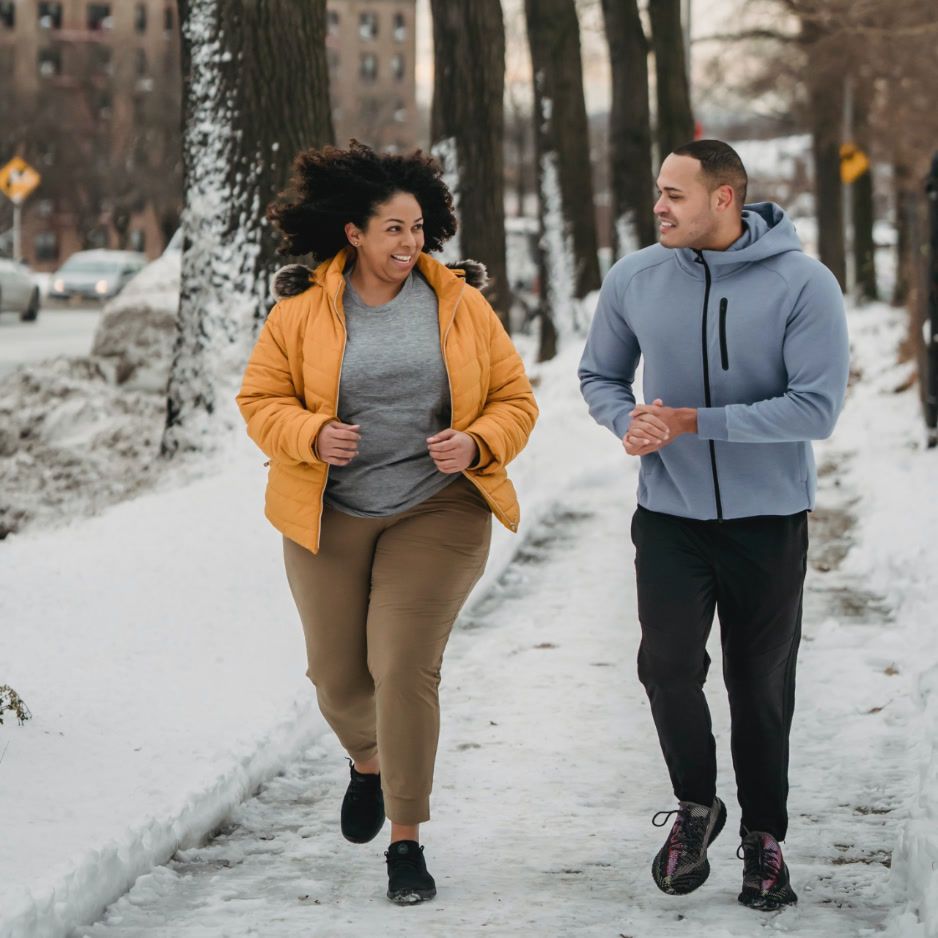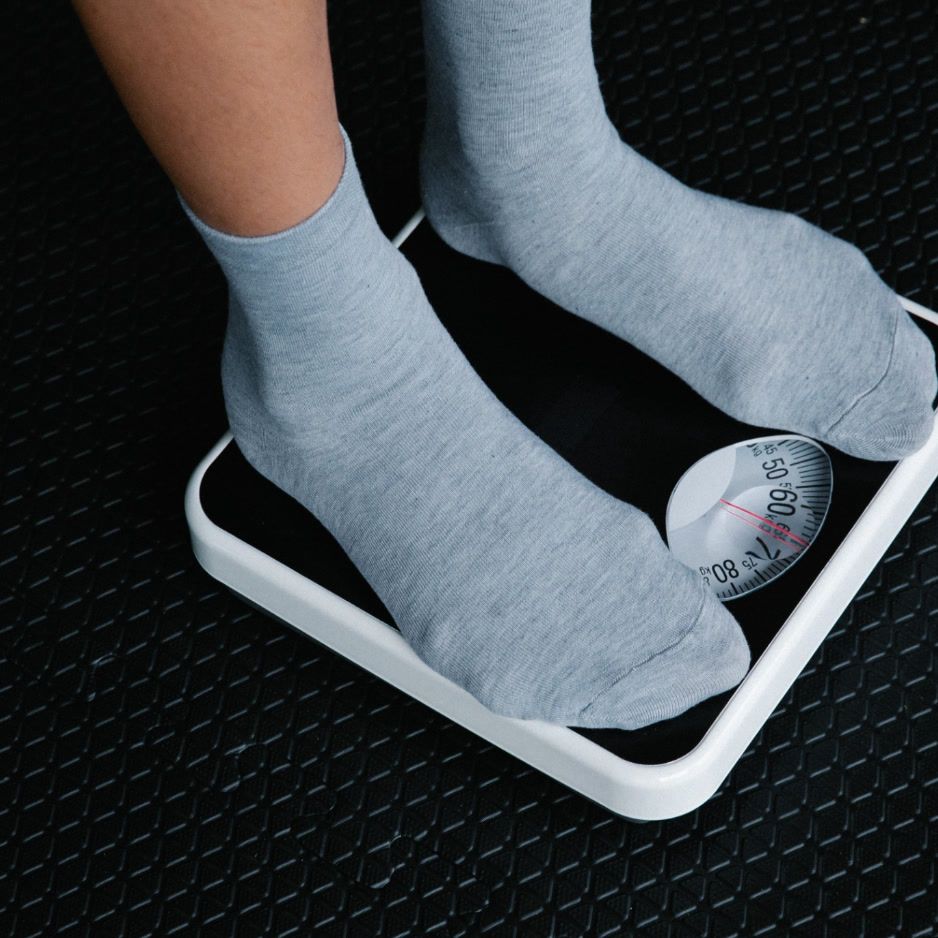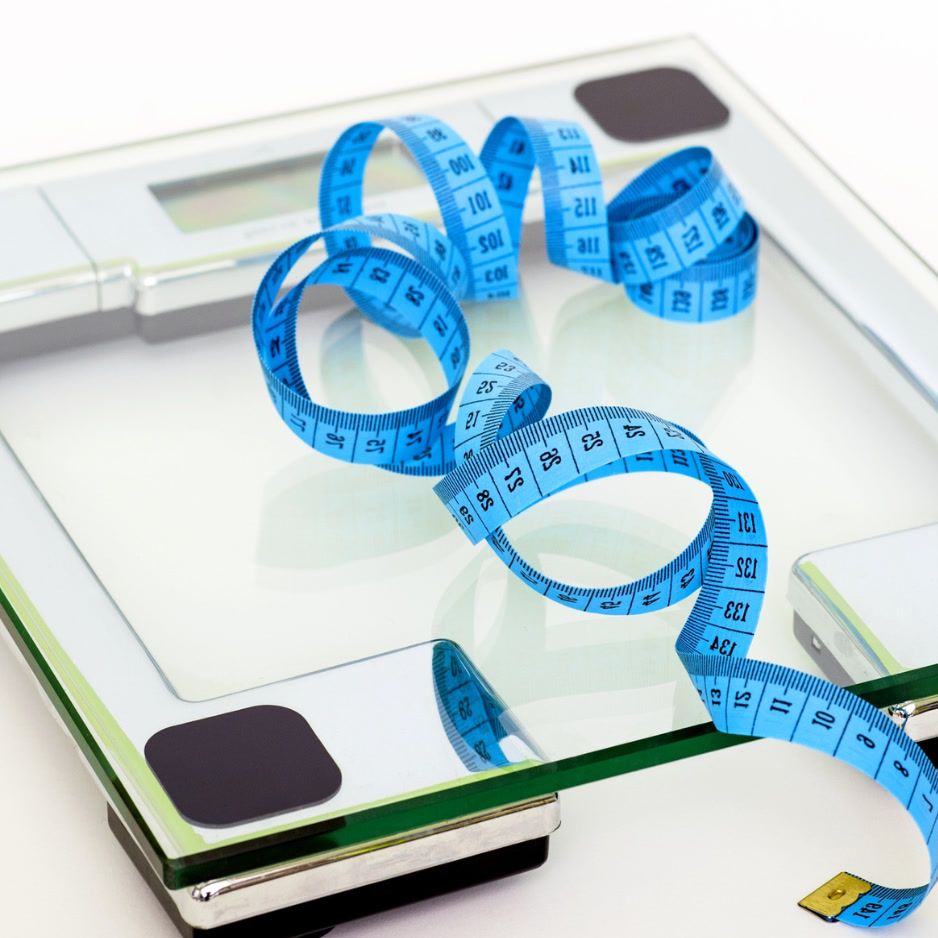Pelvic Floor Therapy: Who It Helps and What to Expect
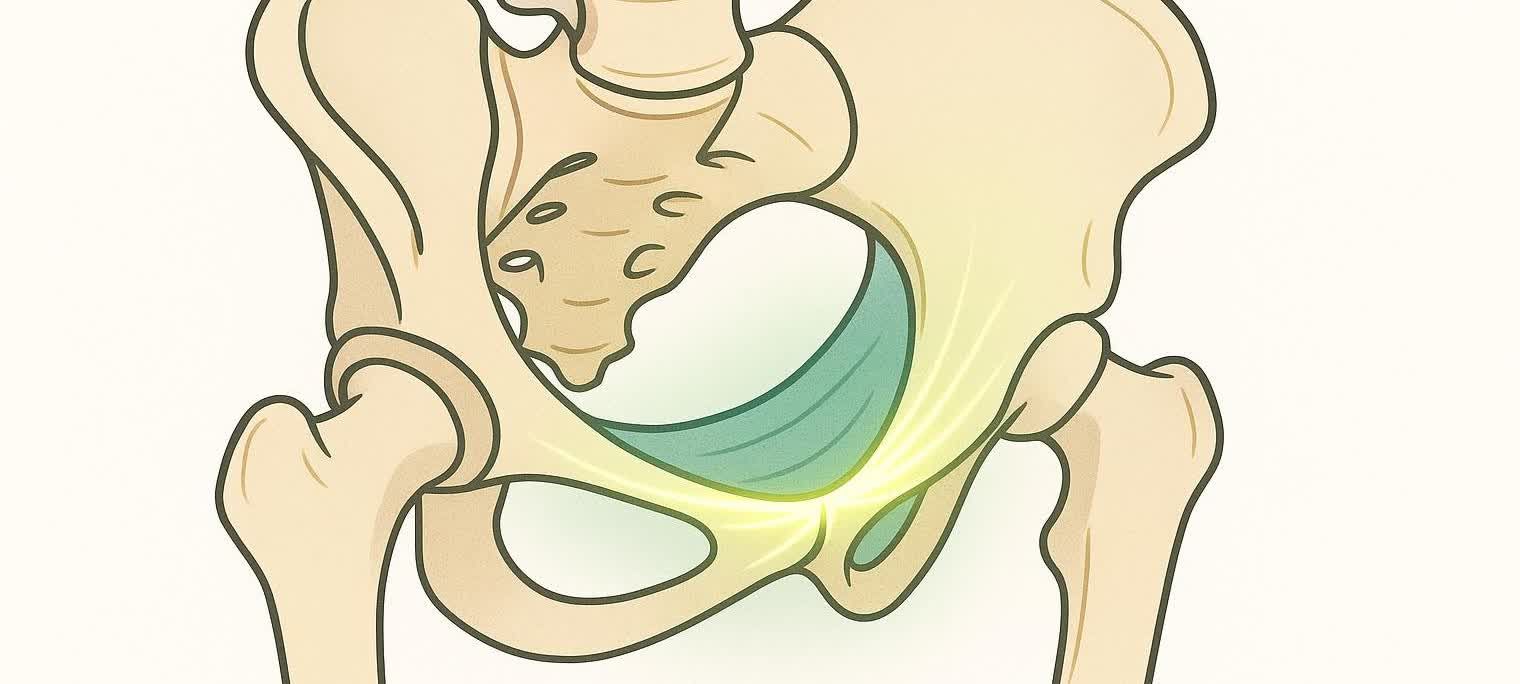
Pelvic Floor Therapy: Who It Helps & What to Expect
Fast answer: Pelvic floor therapy is one-on-one physical therapy that retrains the muscles that control your bladder, bowels, and sexual function. It goes beyond “do more Kegels” with a customized plan and simple home practice to help you feel and function better.
What is pelvic floor therapy?
Your pelvic floor is a hammock-like group of muscles and connective tissues from your pubic bone to tailbone.

These muscles support your bladder, uterus or prostate, and rectum. When they’re too weak, too tight, or poorly coordinated, this can cause leaking, urgency, constipation, pain, or prolapse.
A pelvic health therapist looks at posture, core and hip strength, breathing, and pelvic floor muscles. Exams are typically external; an internal exam is optional and done only with consent. Your plan may include supervised exercises, manual therapy, biofeedback, behavior changes, and a simple home program (Johns Hopkins Medicine, 2023).
Who benefits most?
Pelvic floor therapy can help many concerns across life stages and genders. Common scenarios include:
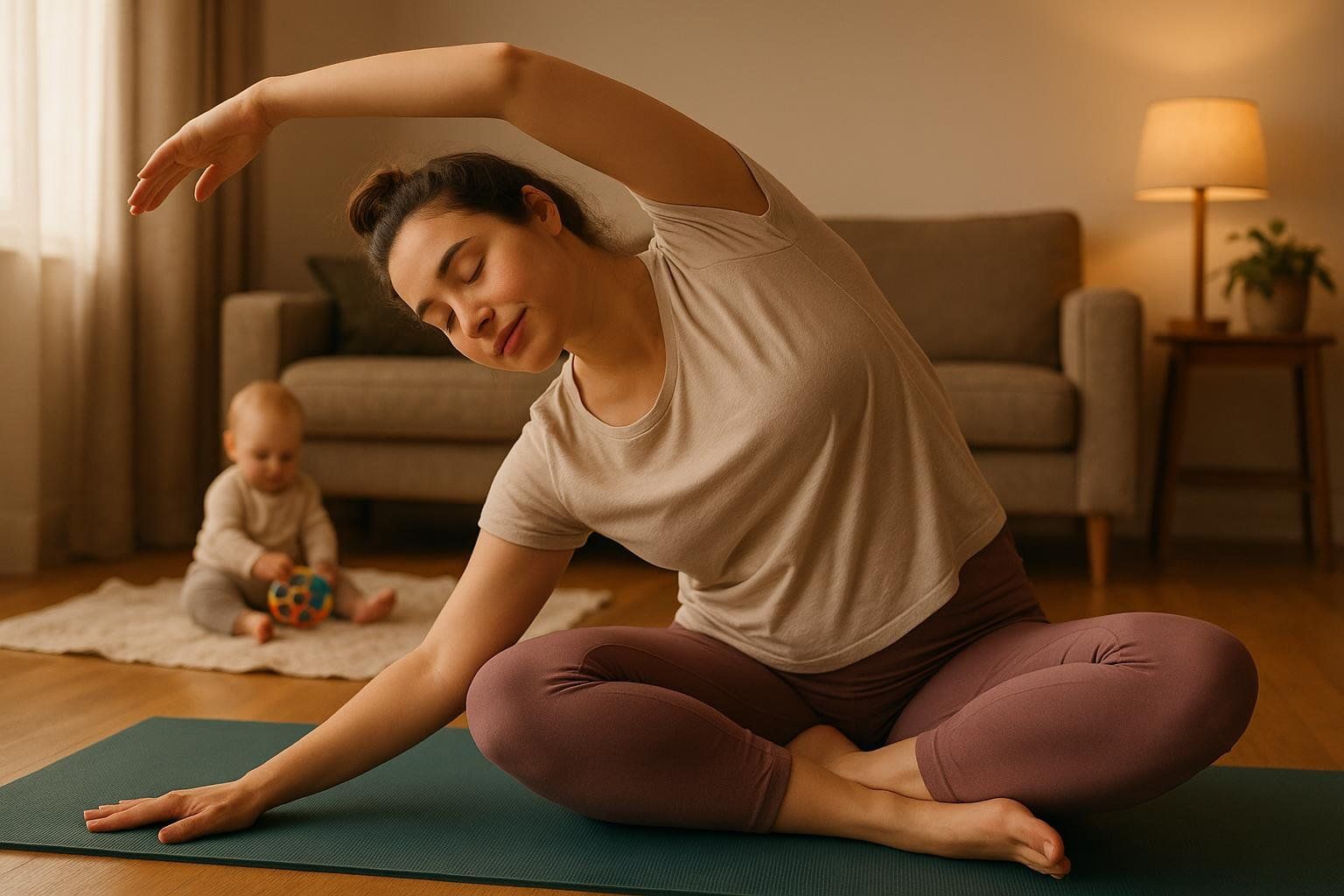
- Postpartum recovery: stress urinary incontinence, pelvic pain, diastasis recti, or early prolapse symptoms (Cochrane Review, 2020; ACOG, 2024). For core rehab specifics, see our diastasis recti exercise guide.
- After prostate treatment: Men recovering from prostate treatment often experience stress incontinence (leakage with coughing, lifting, or exercise) and may have sexual function concerns. Following radical prostatectomy, the American Urological Association recommends pelvic floor muscle exercises or training to aid recovery (AUA, 2024).
- Chronic pelvic pain syndromes: painful bladder/interstitial cystitis, chronic prostatitis/CPPS, vaginismus, dyspareunia; targeted manual therapy can help.
- Bowel issues: constipation, fecal incontinence, or difficulty emptying—often addressed with coordination training and toileting strategies (NICE, 2021).
- Pelvic organ prolapse: heaviness/pressure or bulge; supervised exercise and pessary referral can reduce symptoms for many (ACOG, 2024; NICE, 2021).
Self-check: Are your symptoms a fit for pelvic floor therapy?
Use this private checklist to start a conversation with your clinician. If you answer “yes” to one or more, you may benefit from an evaluation.
- I leak urine when I laugh, cough, jump, or lift (stress incontinence).
- I feel urgency or go to the bathroom very frequently.
- I feel pelvic pressure or a “dragging/bulge” sensation by day’s end.
- Sex is painful, or I have difficulty achieving orgasm.
- I have chronic pelvic, tailbone, or lower back pain without a clear cause.
- I strain to have a bowel movement or feel incompletely emptied.
- I recently gave birth or had pelvic/prostate surgery and notice changes in control.
Kegels aren’t for everyone. If your pelvic floor is overactive and tight, strengthening alone can worsen symptoms—which is why a professional assessment is crucial.
What treatment looks like
| Method | What it is | When it helps | Evidence snapshot |
|---|---|---|---|
| Supervised pelvic floor muscle training (PFMT) | Learn proper contraction and relaxation, then progress strength/endurance | Stress or mixed urinary incontinence; early prolapse symptoms; prevention in pregnancy/postpartum | Recommended for 3+ months to treat stress or mixed urinary incontinence and help prevent postpartum urinary incontinence; results depend on program adherence, correct technique, and symptom severity (NICE, 2021; Cochrane, 2020). |
| Biofeedback | A device gives real-time feedback (pressure or EMG) to improve technique | When you struggle to “find” the right muscles or coordinate breath | A randomized trial found that adding pressure-mediated biofeedback to PFMT improved postpartum stress urinary incontinence compared to PFMT alone (JAMA Network Open, 2024). |
| Manual therapy & myofascial release | Hands-on treatment of tight, tender tissues (sometimes internal) | Pelvic pain syndromes, overactive/hypertonic pelvic floor, dyspareunia | In a randomized trial, myofascial physical therapy improved pain and urinary symptoms more than general massage (Urologic Pelvic Pain Trial, 2009). |
| Electrical stimulation | Gentle stimulation to activate or relax pelvic floor | When voluntary contraction is weak or motor control is limited | Considered an adjunct for those unable to perform effective contractions (NICE, 2021). |
| Bladder/bowel retraining & habits | Timed voiding, urge suppression, fiber/fluids, toileting posture | Urgency/frequency, constipation, fecal incontinence | First-line conservative care within multidisciplinary pathways (NICE, 2021). |
| Dilators & desensitization | Gradual desensitization with graded insertion | Vaginismus, dyspareunia with hypertonic floor | Supported within multidisciplinary care pathways for vulvodynia and related pain disorders; pelvic floor PT and biofeedback are recommended components (ACOG, 2016). |
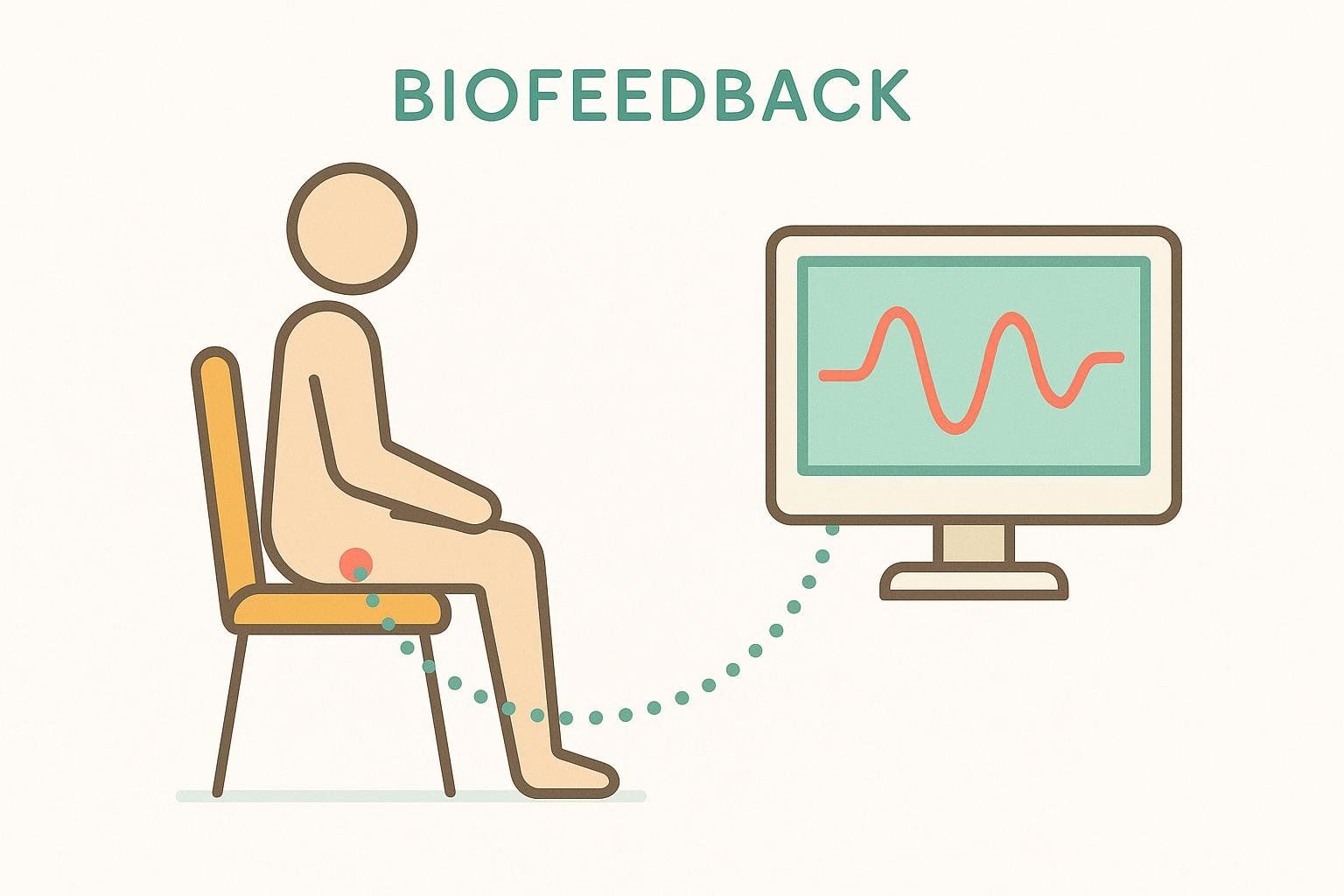
What to expect at your first visit
- History & goals: bladder/bowel/sexual symptoms, birth or surgical history, work and activity demands.
- Movement screen: spine, hips, core, breathing mechanics, balance.
- Pelvic floor assessment: external; internal is optional and only with consent. Tools like biofeedback or ultrasound may be used.
- Plan & homework: you’ll leave with tailored exercises and simple daily habits. Programs often run 8–12 weeks with 1–2 sessions/week, plus home practice in between (Johns Hopkins Medicine, 2023).
Rethinking Kegels: Common myths and better technique
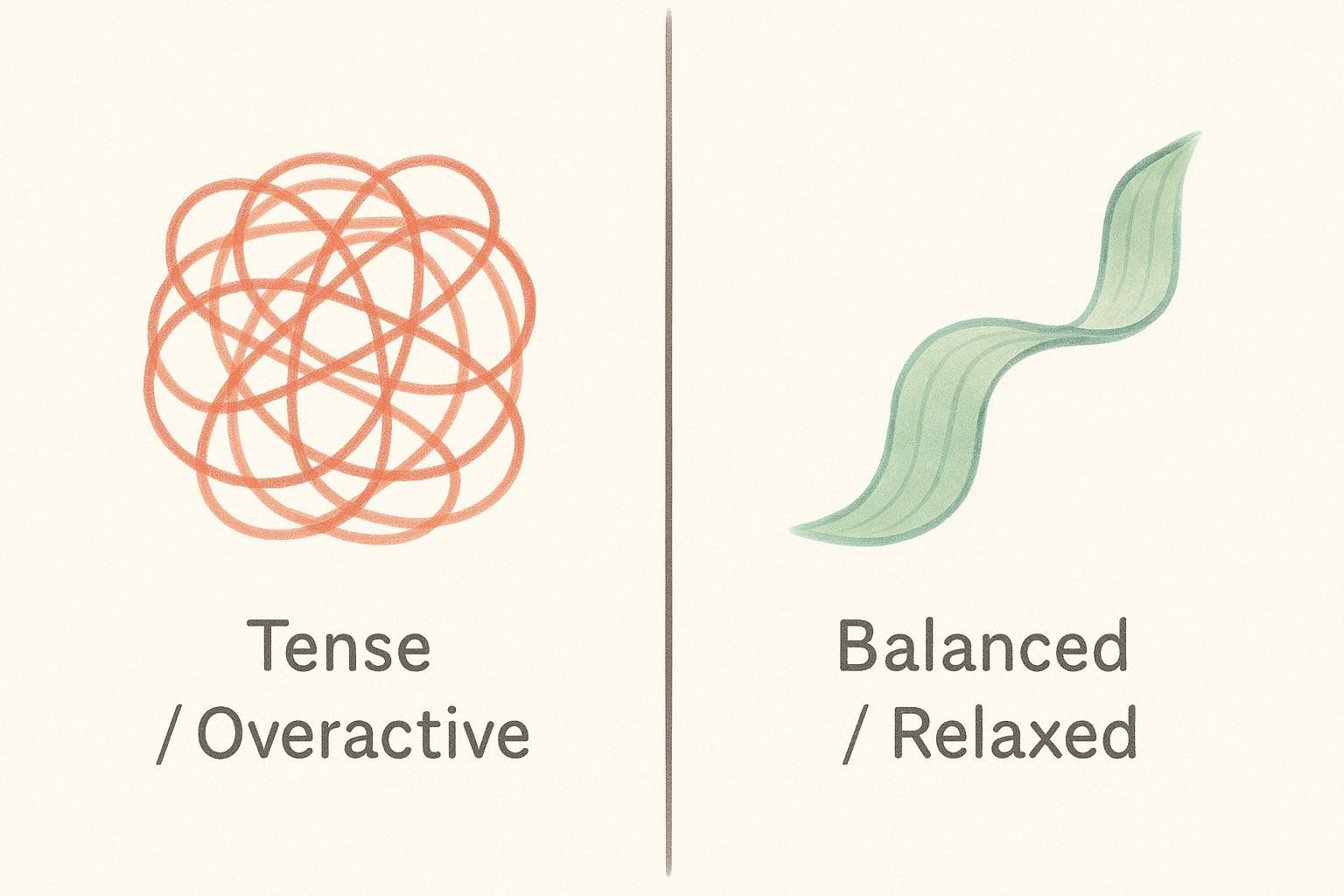
- Not everyone needs more tightening. If your muscles are short and tense, classic Kegels can backfire; you may need relaxation first.
- Technique matters. A therapist teaches proper technique, often coordinating a gentle lift on an exhale with full relaxation on an inhale, then progressing from short holds to quick contractions as symptoms improve.
- Devices: check with your therapist before buying gadgets; some home tools make unrealistic claims.
At-home habits that boost results
- Breathing & posture: Practice deep, even breathing that expands your ribs and back (not just your belly). When you lift something, stand tall with your chest over your hips to reduce strain on the pelvic floor.
- Toileting posture: Don’t hover; use a footstool and lean forward for easier bowel movements.
- Coughing & lifting: Exhale and gently engage your pelvic floor when you cough, sneeze, or exert.
- Activity: Build a base of walking and specific low-impact cardio (for example, cycling, swimming, or elliptical); layer in strength training as symptoms allow.
- Weight management: Guidelines recommend weight loss for individuals with a BMI of 30 or higher to improve urinary incontinence and prolapse, because excess abdominal weight increases pressure on the pelvic floor (NICE, 2021). For a safe plan postpartum, see our guide to postpartum weight loss.

How BodySpec DEXA scans can help your pelvic floor journey
A BodySpec DEXA scan shows your fat, muscle, and bone breakdown—including visceral fat around your organs. Why it matters for pelvic floor symptoms:
- Abdominal pressure: Excess abdominal fat increases intra-abdominal pressure, which contributes to leakage and prolapse symptoms; tracking and reducing it is a recommended strategy to relieve symptoms (NICE, 2021).
- Evidence-based tracking: Monitoring lean mass and fat mass over time gives objective feedback on whether your strength and lifestyle program is working and can help you and your clinician make informed adjustments.
- Objective progress: Watch visceral fat drop and lean mass rise as therapy and habits kick in.
Ready to get data you can act on? Book a BodySpec DEXA scan in minutes.
FAQs
Is pelvic floor therapy only for women?
No. It helps all genders and ages, including after prostate treatment and in adolescents with continence issues.
How do I know if I need strengthening or relaxation?
An assessment is essential. Many with leakage still have overactive, tight muscles that require down-training before strengthening.
Do I need biofeedback?
Not always, but it can speed learning—especially postpartum when it can be hard to engage the right muscles (JAMA Network Open, 2024).
Will weight loss help with urinary leakage?
For many people with overweight/obesity, weight loss can reduce urinary incontinence and prolapse symptoms (NICE, 2021). To target fat while preserving muscle, consider tracking body composition with a DEXA—see our guide to body composition scans.
What if I’m embarrassed to bring this up?
You’re not alone—many delay care due to stigma. Pelvic floor issues are common and treatable; talking with your clinician is the first step.
The bottom line
Pelvic floor therapy tackles the real causes of leakage, pain, and pelvic pressure with targeted exercises, hands-on care, and smart daily habits. Supervised programs work best—especially postpartum and after prostate surgery. Pair therapy with supportive habits—breathing, posture, bowel/bladder training, and healthy weight management—for durable relief and confidence.
Disclaimer: This article is for educational purposes only and is not a substitute for professional medical advice. Always talk to your healthcare provider about your specific situation and before starting a new exercise program.
